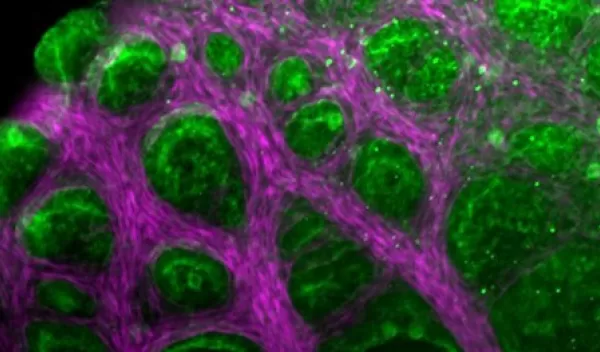
Lizard lungs could be model for biotechnology design
Researchers at Princeton University studied the surprisingly simple and efficient lung development of lizards. The study, partially funded by the U.S. National Science Foundation, is the first to examine the development of a reptile lung. Insights from the research, published in Science Advances, could lead to innovations in artificial lung design and development.
Unlike human lungs that develop over months and years, the brown anole lizard lung develops in mere days through a simple mechanical process. As fluid fills the developing lung, the inner membrane pushes out against smooth muscle tissue, separating the muscle.
The membrane then protrudes through the gaps in the muscle, creating the surface area needed for gas exchange. In less than two days, lizard lungs go from deflated balloons to fully formed lungs. Because the lizard lung grows fast using simple mechanical processes, the brown anole lizard lung could be a model for advanced biotechnology design.
The researchers were able to build a working replica using a computational model, fabricated membrane and 3D-printed muscle cells similar to cells in a living organ. The prototype mimicked the mechanical processes of the lizard lung and came close to mirroring its complexity.
"Different organisms have different organ structures, and we can learn a lot from that," co-author Celeste Nelson said. "If we appreciate that there's a lot of biodiversity that we can't see, and we try to take advantage of it, then we as engineers will have more tools to tackle some of the major challenges that face society."


